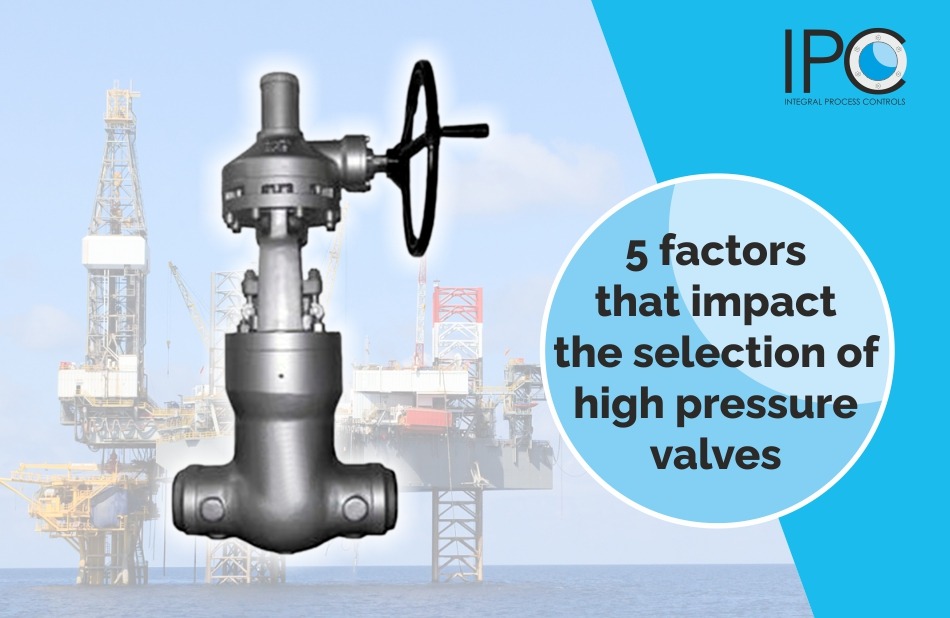Let’s talk about the maroon berets today!
Maroon berets are a symbol of elite airborne troops across the world. These berets are worn by commandos who are parachuted into enemy territory and operate swiftly in a high pressure environment.
Whereas soldiers in the army rise above ordinary people, the commandoes wearing maroon berets are a cut above the other soldiers due to their ability to do the impossible and operate under maximum pressure.
Coming to valves, operating under tremendous working and operating pressure is a test that only certain special valves can pass. Ideally, they could be called maroon berets of the valve fraternity, but they’re just called high pressure valves.
High pressure valves are valves that can operate at working pressure of approximately 700 psi or higher. An oil well could be operating at a constant bottom-hole flowing pressure of 1500 psi, and the valve must withstand this pressure to allow a smooth flow of oil.
Akin to the maroon berets, high pressure valves are elite tools only deployed in critical places where high endurance is needed. Thus, a number of factors need to be considered closely when selecting a high-pressure valve for deployment.
Here are 5 critical factors to consider in the selection of high pressure valves.
Valve body material
Just as physical strength and endurance are critical for a commando, a strong pressure-resistant body is a key requirement for a high pressure valve. This is where the valve body material is important.
Apart from resisting the high pressure, the valve body material must be compatible with the fluid that will flow through the valve. For instance, ductile iron can absorb shocks and pressure but is not resistant to corrosion. Stainless steel displays better resistance to corrosion and also has high tensile strength.
Internal parts of the valve such as seals and packing are often made of graphite to reduce friction occurring at high temperatures and pressure.
Maximum allowable working pressure
Operation Market Garden, a famous commando operation during the Second World War failed because the commanders did not properly study the odds facing the small commando force. A handful of commandoes ended up facing a bigger German army and were defeated and killed.
In the case of valves, the working pressure requirements of the application must be considered so that the valve selected matches these requirements. Maximum allowable working pressure is the highest amount of pressure that a valve can withstand in operation. If this pressure is crossed, valve parts such as springs, and packing, may be destroyed, and the body itself may fail.
Operating temperature
A valve that can operate at a temperature above 425o C is considered as a high-temperature valve. Applications such as petroleum, oil, and gas require valves that can operate at high temperatures and pressure. Similar to how the area of operations will impact the tactics and strategy of a commando operation, the operating temperature is a key factor in designing a high pressure valve.
Leakage tolerance
What sets the red berets apart from other soldiers is that they never leave their men behind. These commandoes are trained to carry injured comrades on their shoulders when they depart a scene. There are no loose ends or leaks in the ranks of the red berets. Similarly, valves in critical applications should not allow leaks.
However, zero-tolerance valves entail high costs. Hence, in the case of non-hazardous high-pressure applications, the user could determine a level of leakage tolerance to save these costs. IPC provides the leakage tolerance chart for its valves to make it easier to set the leakage tolerance for high pressure valves.
Connection end type
Connection end type is a key factor that impacts leakage in high pressure valves. If the pipe diameter is small and it is possible to maintain the valves frequently, then threaded connections could efficiently prevent leakage.
Most non-hazardous applications where easy maintenance of the valve is essential, use flanged connections However, hazardous applications used permanent welded connections to prevent all leaks. They are the best guarantee of safety in hazardous applications. Welded connections come in two types: butt welded and socket welded
Conclusion
The maroon berets i.e. para commandoes often quote a line to demonstrate their capability and the high-pressure environment in which they operate.
“When the angels have fallen down and the devil has had his day You’ll find the gates of the heaven guarded by a single maroon beret.”
A high pressure valve standing alone against the onslaught of the hazardous media flowing at high pressure faces a similar situation. When choosing a high pressure valve, the material compatibility chart provided by the manufacturer allows the user to check whether the media is compatible with the valve body material. Similarly, the leakage tolerance chart supplied by the manufacturer helps determine the leakage tolerance. Thus, it is important to work closely with a trusted valve manufacturing expert when selecting a high pressure valve.

